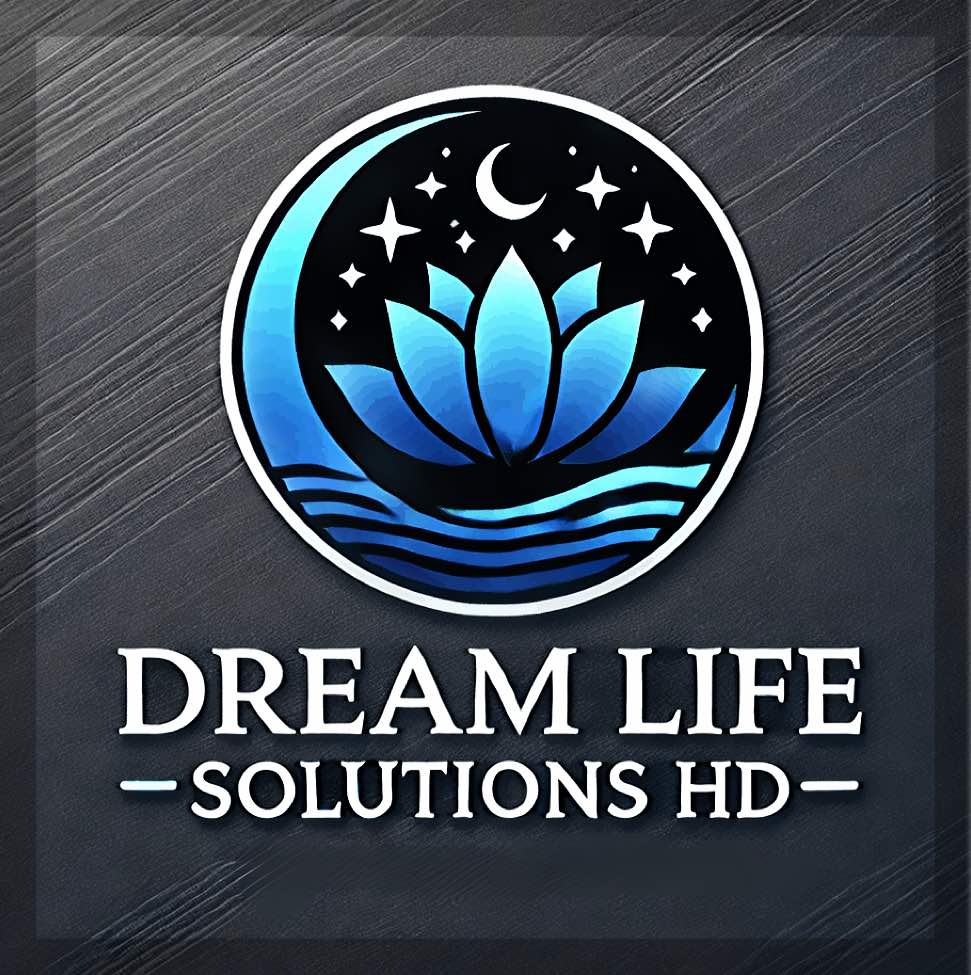
Personal branding is about how you present yourself to the world and distinguish yourself in the crowded landscape. It’s your chance to stand out by highlighting what makes you genuinely unique. It’s not just a logo or a catchy tagline—it’s the combination of your skills, experiences, values, and personality. This uniqueness is what people will remember you by when they need someone with your expertise.
The first step to building a strong personal brand is identifying your unique value proposition. In simple terms, it’s what you offer that’s different from everyone else. Do some introspection to figure out where your strengths lie, whether it’s a particular skill set, a distinctive perspective, or a combination of qualities that only you can bring to the table.
To make your personal brand truly resonate, there’s gotta be alignment between your personal and professional goals. Ask yourself if the brand you’re crafting sits well with who you are and who you aim to be. This alignment breeds authenticity, and authenticity is crucial because people can spot a fake from a mile away. You need to be true to yourself and offer genuine insights and perspectives.
Authenticity doesn’t just mean being honest with yourself; it’s also about being transparent with others. Share your journey, including challenges and successes. It’s the real stories, the ups and downs, that create a connection with your audience. This connection is the bedrock for trust, which is essential in personal branding.
Building and Growing Your Personal Brand Effectively

Do you need a website or a platform that can teach you and assist you at each step of the process with little or no experience, you should definitely consider using: www.wealthyaffiliate.com .
Crafting a powerful personal narrative is key and a well-told story can leave a lasting impression. Your narrative is essentially your story—where you’ve been, what you’ve achieved, and where you’re headed. It’s about the journey that has shaped you into the person you are today. Sharing this with authenticity allows others to connect with you on a personal level.
Social media platforms are a tool to elevate your visibility. Each platform has its own unique way of helping you project your brand. Whether it’s crafting insightful LinkedIn articles, engaging Instagram Stories, or interactive Twitter posts, or creating a business page on Facebook; these platforms offer spaces where you can showcase your expertise and connect with others. It’s about being present where your audience hangs out.
Making connections through networking and collaboration furthers your growth. The more you network, the more people come to know you, and it opens up avenues for collaborations that can broaden your reach. Whether online or face-to-face, forming partnerships with others in your field benefits both sides.
Consistency is what ties it all together. It involves maintaining the same voice and style across your communications. Consistency builds familiarity, and familiarity builds trust. The more people see that you’re genuine and reliable, the more likely they are to remember and choose you when opportunities arise.
Maintaining and Evolving Your Personal Brand

Keeping tabs on your personal brand’s reputation is key. This means regularly searching for feedback or mentions of your name online. It’s not just about catching anything negative but also understanding the overall perception people have of you. Address anything that might need fixing promptly and professionally.
Feedback is a goldmine for growth. Listen to what others have to say and be open to making changes where needed. Constructive criticism can guide you to refine your brand in ways you might not have considered.
Brands should evolve over time. As you grow and the trends change, your personal brand should reflect these shifts. Be willing to adjust your strategy, adopt new platforms, or change your messaging as needed. This flexibility keeps you relevant and fresh.
Don’t underestimate the power of testimonials and success stories. These are powerful endorsements that can significantly boost your credibility. Sharing these stories can reinforce what you stand for and demonstrate your achievements in action.
To take it even further, here are some tips, tools, and techniques that can assist in developing and sharing a personal brand effectively. These additional tools, tips, and techniques can help individuals not only build their personal brand but also evolve it over time to remain authentic, visible, and impactful in their field:

1. Identifying Your Unique Value Proposition
- Tip: Encourage deep self-reflection through a SWOT analysis (Strengths, Weaknesses, Opportunities, and Threats). This helps uncover not only unique strengths but also areas to improve or opportunities to capitalize on.
- Tool: Use personality tests like the Myers-Briggs Type Indicator (MBTI) or StrengthsFinder to better understand how your traits align with your value proposition.
- Technique: Create a personal mission statement that summarizes your unique value. This can guide the decisions you make when presenting yourself.
2. Aligning Personal and Professional Goals
- Tip: Define your long-term vision—where you see yourself in 5 to 10 years—and ensure your brand aligns with that trajectory. This alignment will keep you authentic.
- Tool: Use goal-setting frameworks like SMART goals (Specific, Measurable, Achievable, Relevant, Time-bound) to match your personal aspirations with professional milestones.
- Technique: Regularly assess whether your personal brand still aligns with your evolving goals by reviewing your brand quarterly. Ask, “Am I being true to myself and the direction I want to go?”
3. Sharing Your Story and Building Trust
- Tip: When sharing personal stories, focus on authenticity but also consider the “relatability factor.” What lessons can others learn from your journey?
- Tool: Use storytelling frameworks, like the Hero’s Journey, to craft compelling narratives where you position yourself as the protagonist overcoming challenges.
- Technique: Create content (blogs, videos, or podcasts) that highlights key moments in your journey—this builds trust and strengthens your connection with your audience.
4. Using Social Media Platforms to Elevate Your Brand
- Tip: Tailor your message to fit the style and tone of each platform. LinkedIn may require professional insights, while Instagram can focus on behind-the-scenes or lifestyle elements of your brand.
- Tool: Use scheduling platforms like Facebook or www.wealthyaffiliate.com to consistently publish content across multiple platforms without being overwhelmed.
- Technique: Engage with your audience through polls, Q&A sessions, and collaborations to build a stronger rapport. The more you interact, the more visibility and engagement you’ll achieve.
5. Networking and Collaboration for Growth
- Tip: Join industry-specific groups on LinkedIn, Facebook, or Meetup to connect with peers and potential collaborators. This expands your visibility and influence.
- Tool: Leverage apps like Shapr for networking or event platforms like Eventbrite to meet others in your field both online and offline.
- Technique: Approach networking as a two-way street. Instead of just asking what others can do for you, be willing to provide value in return. This builds more meaningful and reciprocal relationships.
6. Consistency Across All Platforms
- Tip: Develop a content calendar for maintaining consistency in your communication. Consistency doesn’t mean repeating the same message, but keeping your tone and values clear.
- Tool: Canva is great for maintaining brand visuals—such as logos, colors, and fonts—across different platforms.
- Technique: Align your messaging across professional and personal platforms, so whether someone meets you in person or online, they encounter the same values and voice.
7. Managing Your Brand Reputation
- Tip: Set up Google Alerts for your name to monitor any mentions of your brand. This will help you stay aware of how you’re perceived.
- Tool: Tools like BrandYourself or Mention help you track online conversations about your brand, both positive and negative.
- Technique: Respond to feedback promptly and professionally, whether it’s praise or criticism. Use negative feedback as a learning opportunity and show your audience that you’re receptive to improvement.
8. Evolving Your Personal Brand
- Tip: Reassess your brand annually to ensure it reflects your current goals, skills, and vision. Evolution is key to remaining relevant in an ever-changing landscape.
- Tool: Use mind mapping software like XMind to brainstorm new ideas for your brand as you grow.
- Technique: Stay informed about trends in your industry and adjust your brand accordingly. For instance, if video content is becoming more popular, consider adding more video posts to your strategy.
9. Leveraging Testimonials and Success Stories
- Tip: Ask for testimonials from colleagues or clients regularly. These endorsements reinforce your credibility and can be displayed prominently on your website or social media.
- Tool: Video testimonials are incredibly powerful. Use tools like Loom or Zoom to record short, candid testimonials from satisfied clients or peers.
- Technique: Share case studies of how you’ve helped others achieve success. Focus on tangible results and transformations to show the impact of your expertise.
Did you find this post helpful? Please leave a comment below, please share it, and please don’t forget to follow me on Facebook and Instagram for more tips and insights!




